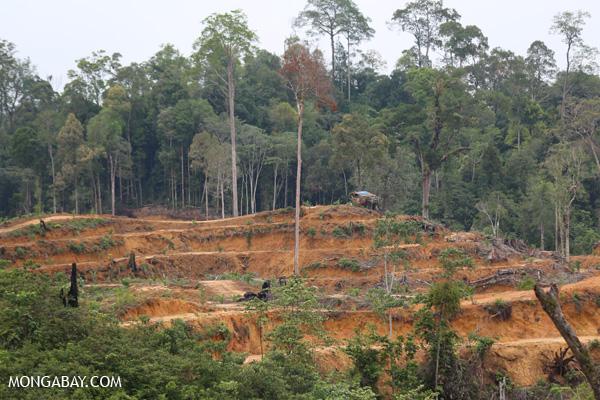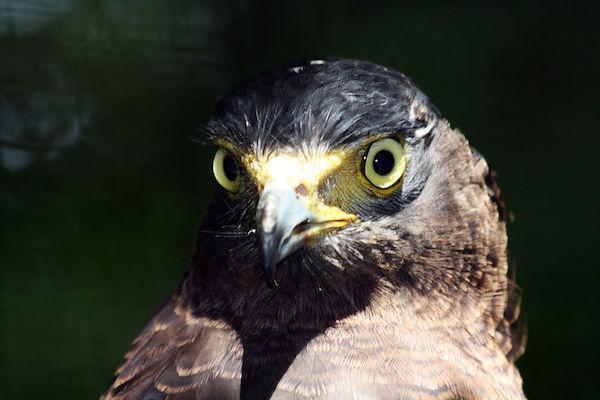Shaira Panela
Author
CONTACT ME
Website: news.mongabay.com
LATEST
Millennium Trees in New Caledonia Facing Extinction
In a tiny area of an isolated archipelago in the southwest Pacific lives a unique tree species on the precipice of extinction. Recent research has shown it is declining dramatically, and mature individuals may be completely gone in 100 years.
Most Critically Endangered Bird Gets a Reserve in Brazil
In an 11-square mile strip of forest on the slopes of a plateau in northeastern Brazil lives an entire species, considered by scientists to be one of the most endangered birds in the world.
Palm Oil Expansion in Philippines of Serious Concern
In June, the Philippine Department of Environment and Natural Resources Secretary Ramon Paje announced the country intends to convert eight million hectares of land to oil palm cultivation in Palawan, Philippines.
Palm Oil Company in Philippine Islands To Expand
Plans to convert eight million hectares of land for palm oil production on Palawan island in the Philippines have been met with opposition from environmental and social advocacy groups, with a petition to cease development sent to the United Nations Commission on Human Rights by an anti-palm oil expansion group.
Philippine Deforestation Despite Protections
About an hour and a half plane ride from the Philippine capital Manila is a long, narrow island home to about a quarter of all the animal species found in the country.
Ecuador Uses National Park for Oil Drilling
Yasuni National park has been in the conservation spotlight in recent years, with oil drilling threatening the forests and wildlife of this biodiversity hotspot.






